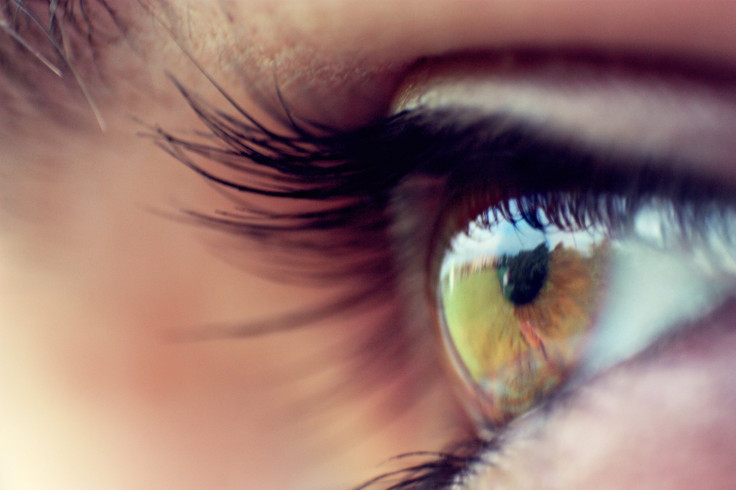Vision-Restoring Gene Therapy May Also Improve Visual Pathways In The Brain

The physiological system that allows humans to see is a combination of eye structures and brain interpretations with many important facets. The disruption of a part of this system can result in vision problems, and in the most serious cases, blindness. With modern technologies, we’ve been able to develop gene therapies to restore eyesight to those otherwise doomed to blindness from a certain type of hereditary disorder. Leber’s congenital amaurosis (LCA) can appear at birth or within the first few months of life, and results in the complete loss of vision by age 40.
LCA primarily affects the retina, which is the tissue at the back of the eye that detects light and color. This is due to a mutation in retinal pigment that prevents photoreceptors in the eye from functioning and, eventually, living at all. First tested in 2007, the gene therapy developed to combat this involves injecting patients with a good copy of the gene necessary for healthy photoreceptors. The patients who have undergone this therapy have commonly gone from being blind or partially blind to being able to see quite normally.
What has remained unclear about the therapy is its effects on other aspects of vision. Apart from the eye, there is an entire pathway through the brain that must be functioning and intact in order for vision to be succesful. Without being used for however many years a patient went without seeing, the visual pathways of the brain inevitably weaken. Research on the effect of gene therapy on these unseen pathways has largely been on animals; however, a new study shows promise for the healing of visual processing pathways after recovery from blindness.
Researchers from the Perelman School of Medicine at the University of Pennsylvania and The Children's Hospital of Philadelphia (CHOP) examined patients who received gene therapy for LCA, and compared them to an age-matched control group with normal vision. The patients who had received therapy on got the treatment in one eye for safety reasons, therefore providing a side-by-side comparison of unaffected and affected sides of the brain.
"The patients had received the gene therapy in just one eye (their worse-seeing eye), and though we imaged their brains only about two years later, on average, we saw big differences between the side of the brain connected to the treated region of the injected eye and the side connected to the untreated eye," said lead author Dr. Manzar Ashtari, director of CNS Imaging at the Center for Advanced Retinal and Ocular Therapeutics in the Department of Ophthalmology at Penn, in a press release.
The team used advanced MRI to look at the deep connections within the brain, and saw that the connectivity between the treated eye and the brain’s visual pathway was very similar to that of the sighted controls. The untreated eye showed significantly weaker connectivity within the brain pathways.
"It's an elegant demonstration that these visual processing pathways can be restored even long after the period when it was thought there would be a loss of plasticity," said senior author Dr. Jean Bennett, the F.M. Kirby Professor of Ophthalmology at Penn and director of the Center for Advanced Retinal and Ocular Therapeutics, in a press release.
The encouraging results came despite the fact that many of the patients were already in their 20s — one was even 45 — an age where the ability of the nervous system to rewire itself is considered greatly diminished.
Ashtari also found data suggesting that the connectivity of treated-eye pathways strengthens over time — that is, the more time that elapsed since the treatment, the more functional the pathway. By contrast, the untreated eye’s visual pathway degraded over time.
"That was what we expected to see — the more the treated eye sees the world and interacts with the environment the more it stimulates the pathway and the stronger the connecting pathway becomes between the retina and the brain,"Ashtari said.
Since the study, the patients involved have gone on to receive treatment in the initially untreated eye. Researchers intend to continue comprehensive imaging studies in relation to the patients’ brains. "I'm confident that as that study progresses, Ashtari will be able to reveal the fine temporal-spatial details of neural plasticity in humans," Bennett said.
Source: Ashtari M, Zhang H, Cook P, Cyckowski L, Shindler K, Marshall K. Plasticity of the human visual system after retinal gene therapy in patients with Leber’s congenital amaurosis. Science Translational Medicine. 2015
Published by Medicaldaily.com



























